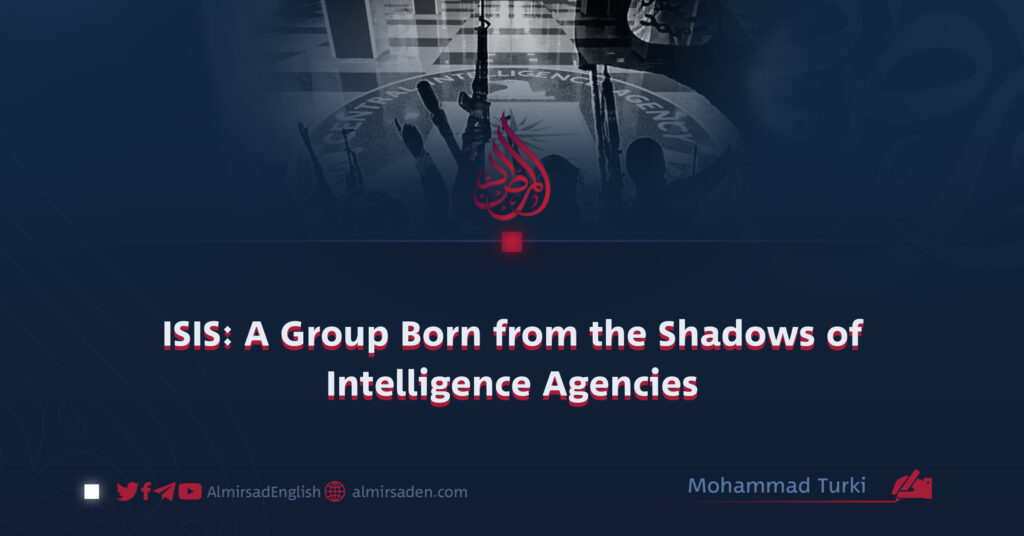By Mohammad Turki
When ISIS proclaimed itself a state in Iraq and Syria and laid claim to the mantle of a global caliphate, its leaders presented the announcement as the dawn of a new Islamic order. In truth, however, the group’s founding figures were former Baathist officers, a fact that has long fueled doubts about the movement’s real origins and intentions. Their declaration of a caliphate, their branding of other jihadist factions as apostates, and their willingness to wage war against them all bear a striking resemblance to the operational mindset of intelligence networks rather than the moral and spiritual essence of a true Islamic caliphate.
From the beginning, ISIS targeted not only mujahideen but also ordinary Muslim civilians in Iraq. Over time, its violence spread beyond Iraq’s borders, reaching Syria, Afghanistan, Somalia, and several other Muslim countries. The contrast between the noble concept of a caliphate, envisioned as a source of unity and protection for the Muslim community, and the group’s brutal and divisive actions could not be more pronounced.
ISIS’s open hostility toward the Islamic Emirate of Afghanistan (IEA) and its continued attacks on an established Islamic system reveal how far the organization stands from any genuine Islamic ideal. This rejection is perhaps the clearest sign of its ideological deviation and lack of foundational integrity.
Key details about ISIS’s early leadership surfaced when Iraq’s former Deputy Minister of Interior provided a set of official documents to a news outlet based in the United Arab Emirates. Around the same period, a German magazine published additional records that shed light on the group’s structure and the backgrounds of its founders.
Among the most influential of these figures was Samir Abd Muhammad al-Khlifawi, better known by his alias Haji Bakr. A former Baathist officer, al-Khlifawi developed links with Iraqi resistance groups after his detention in the Bucca Camp. He later emerged as ISIS’s chief representative in Syria, where he remained active until his death.
Another key commander, Abu Ayman al-Iraqi, had a similar background. Like several of his colleagues, he was a former Baathist commander and served in Iraq’s military intelligence. He was imprisoned for three years following the fall of Saddam Hussein’s regime and the U.S. invasion. After moving to Syria, he was killed in a suspicious attack upon returning to Mosul.
A third figure, Abu Ahmed al-Alwani, identified in official records as Waleed Jassem al-Alwani, was also a Baathist officer. While reports differ regarding his fate, with some claiming he was killed in Iraq and others suggesting he survived, his name repeatedly appears in intelligence files concerning the group’s inner circle.
Abu Abdulrahman al-Bilawi, another founding leader and former head of ISIS’s organizational council, was also a former military official. His real name, Adnan Ismail Najm, appears on the list of detainees once held in the Bucca Camp.
Today, extensive evidence points to the same conclusion. ISIS, which continues to urge young men to fight against the IEA, was not only shaped and directed by intelligence elements at its inception but appears to maintain those ties even now. The group continues to receive covert support, financial assistance, and operational safe havens that enable its terrorist activities within Afghanistan.
